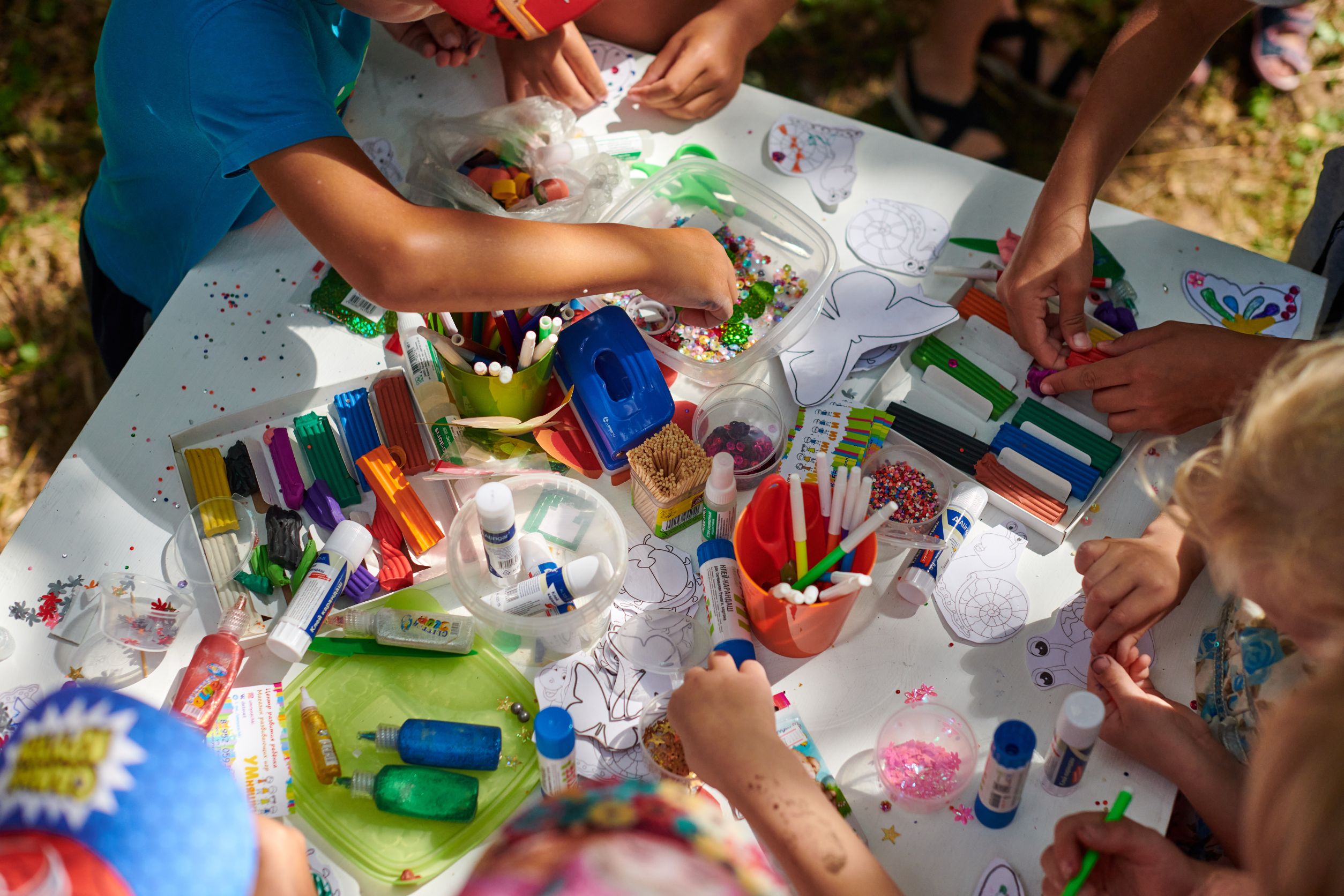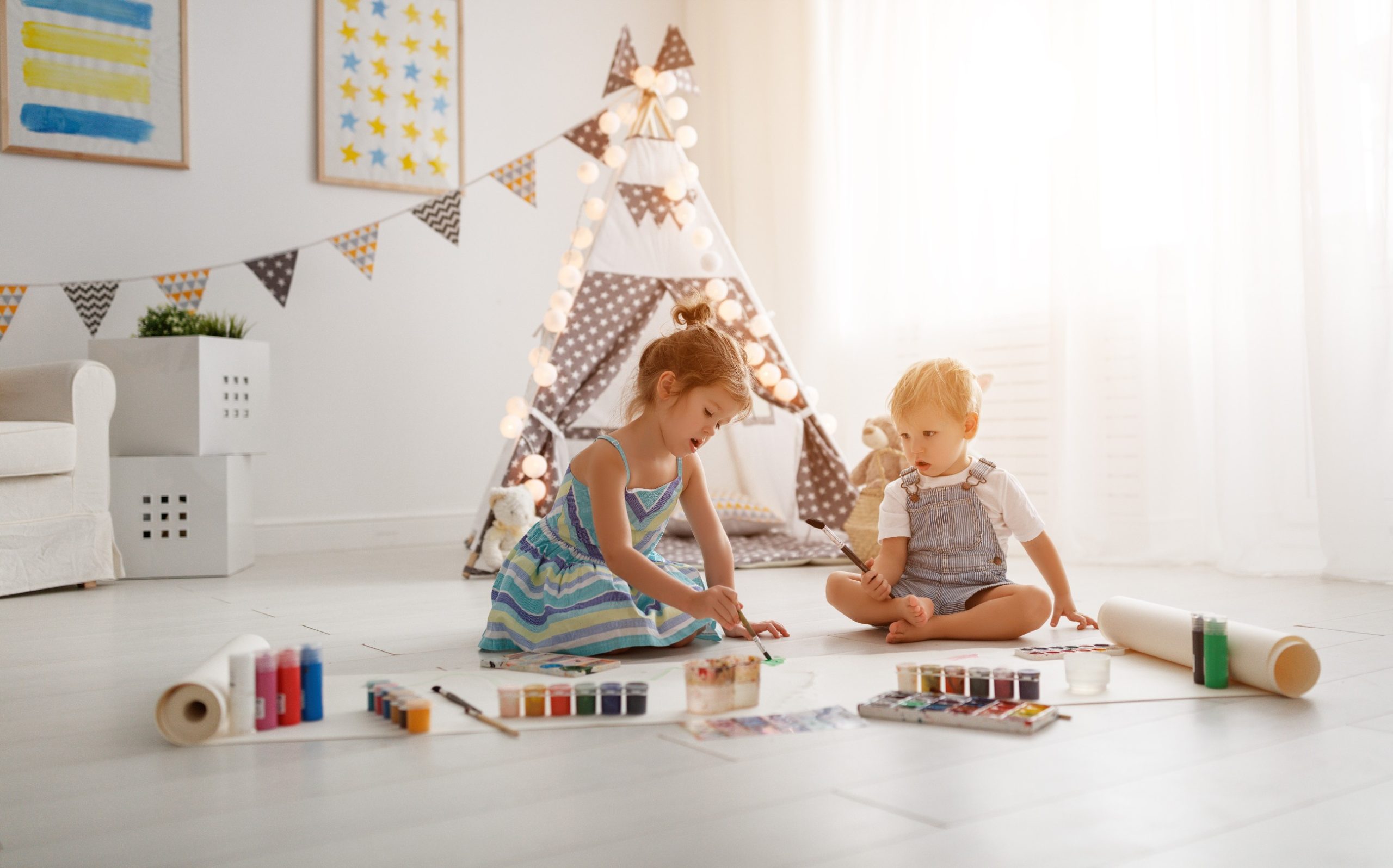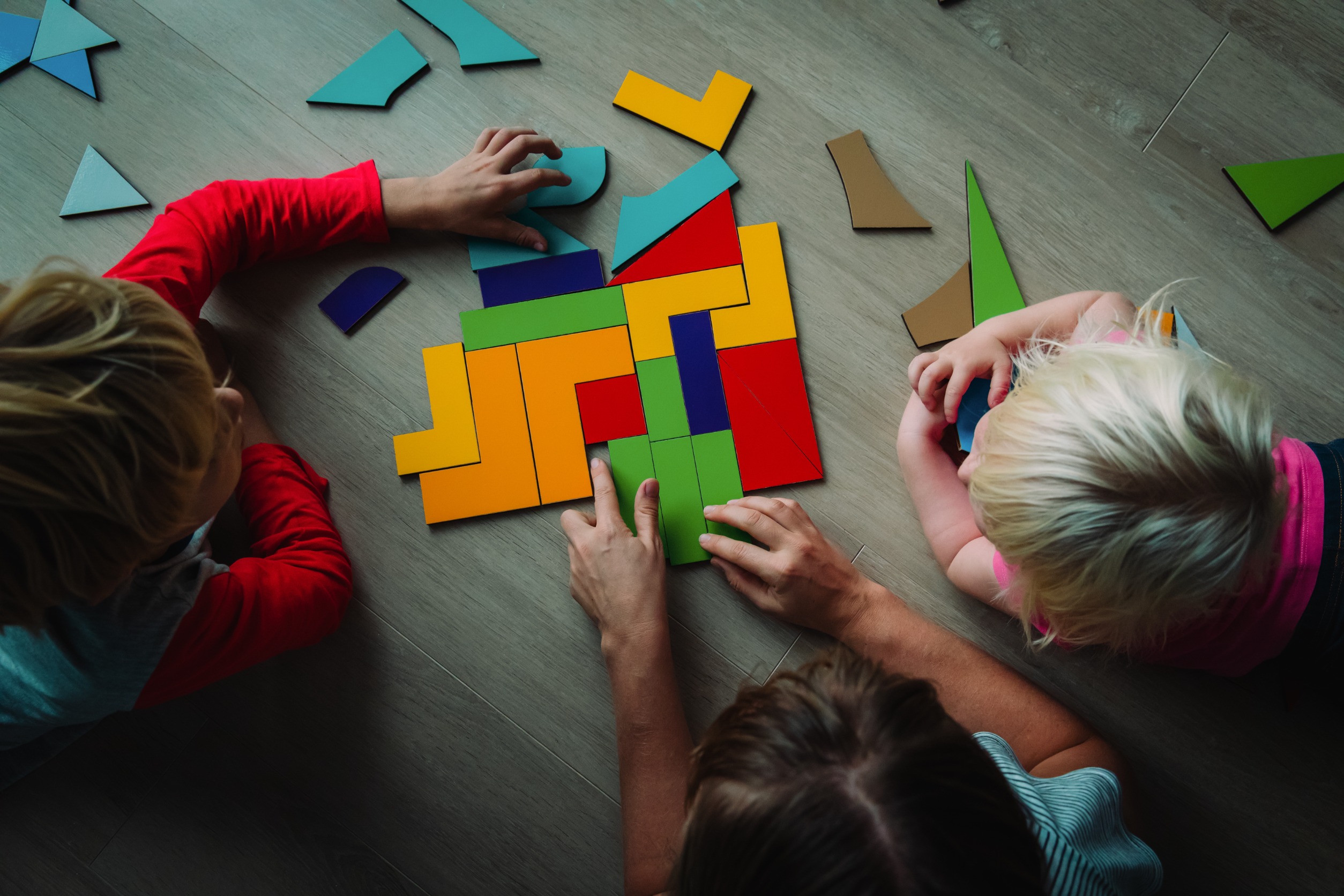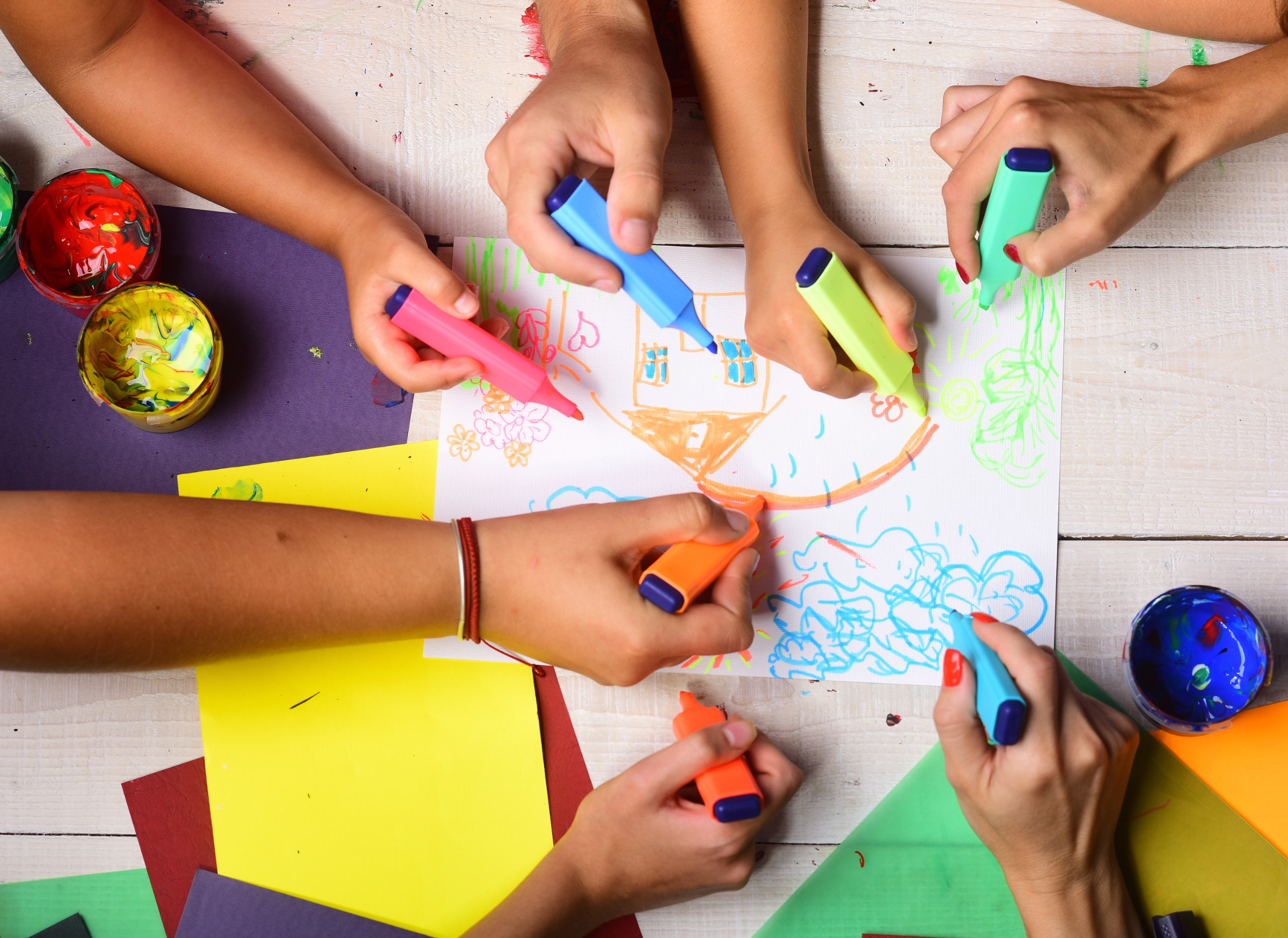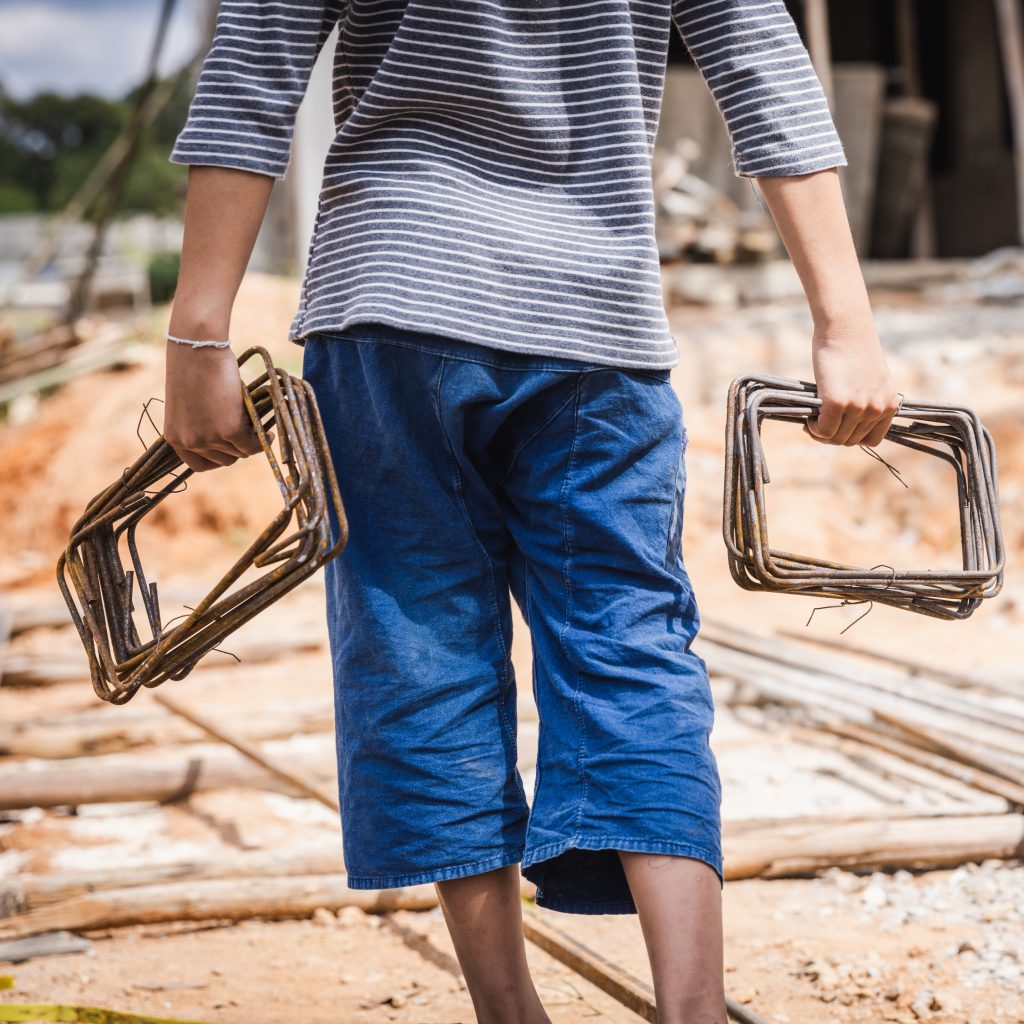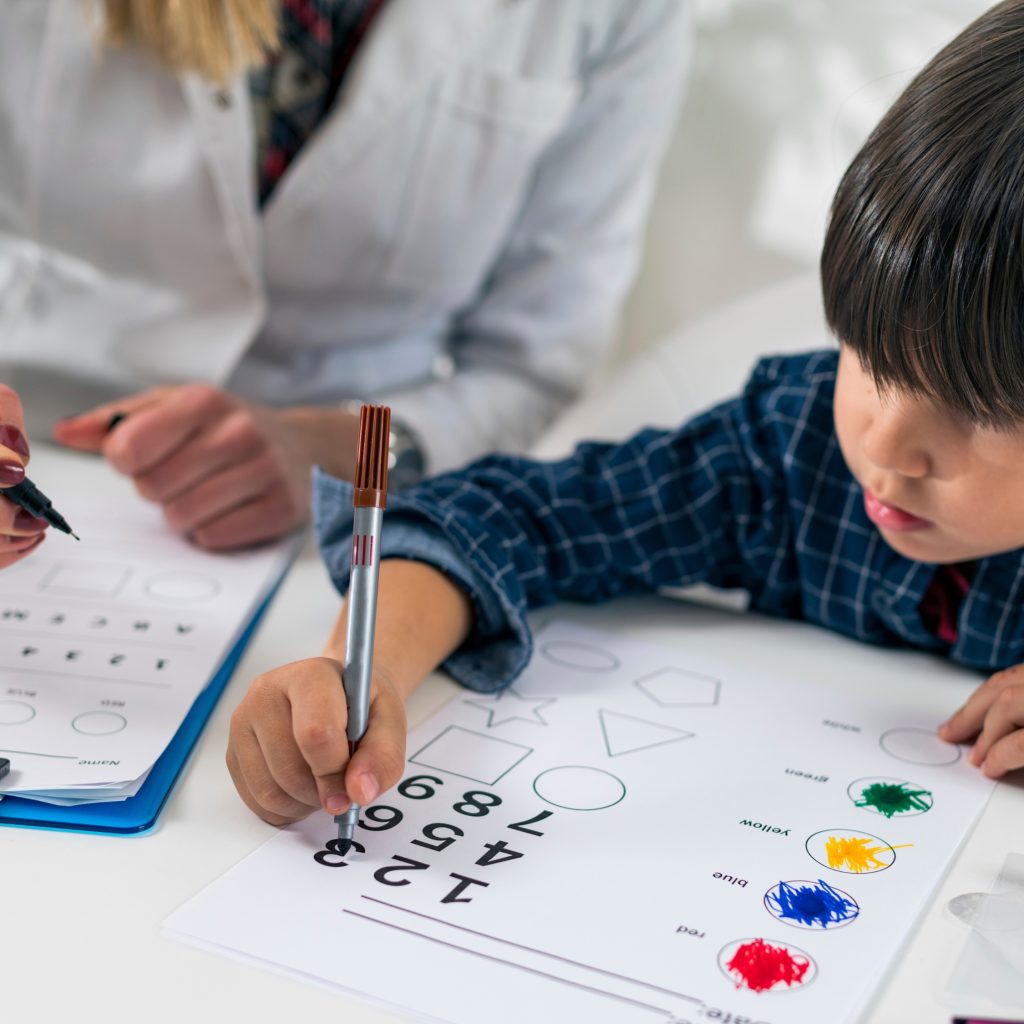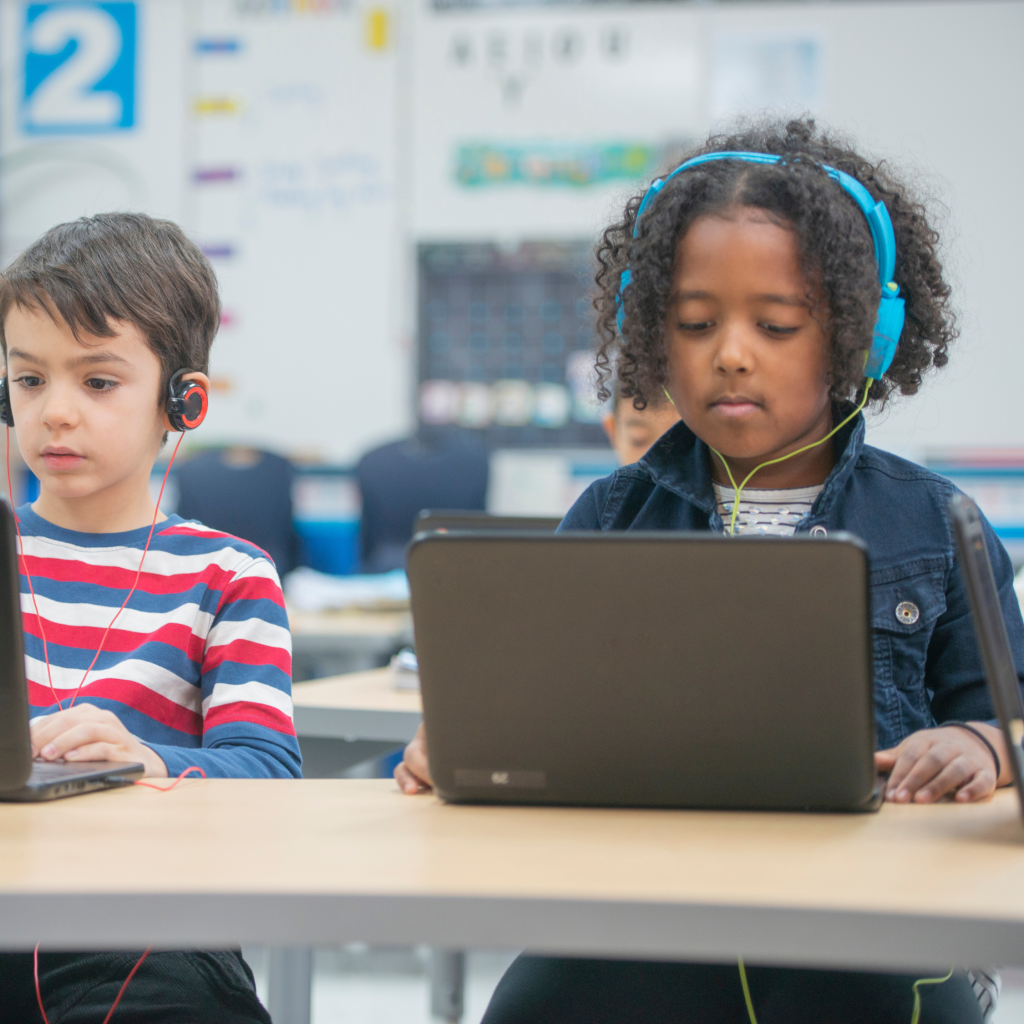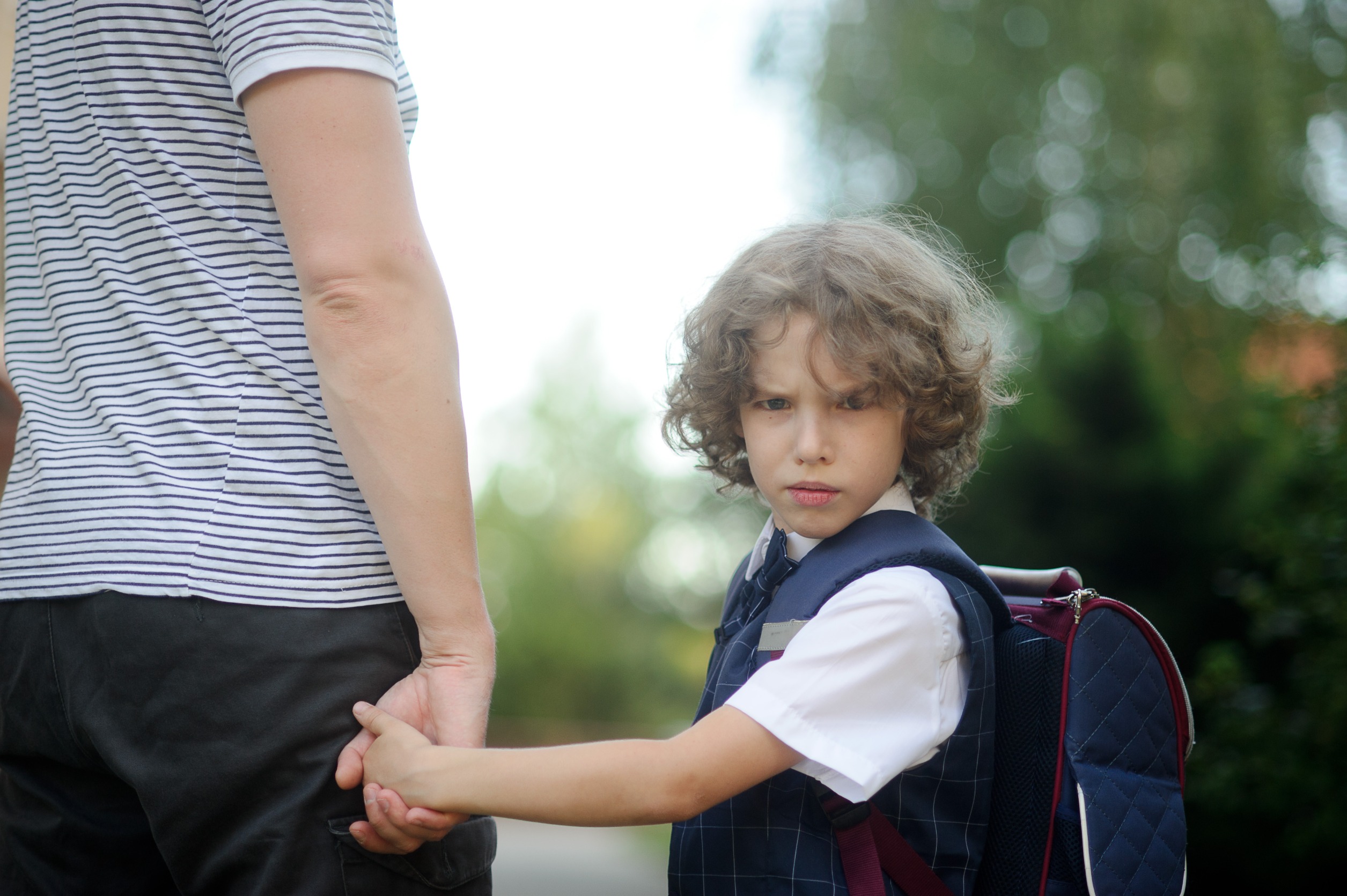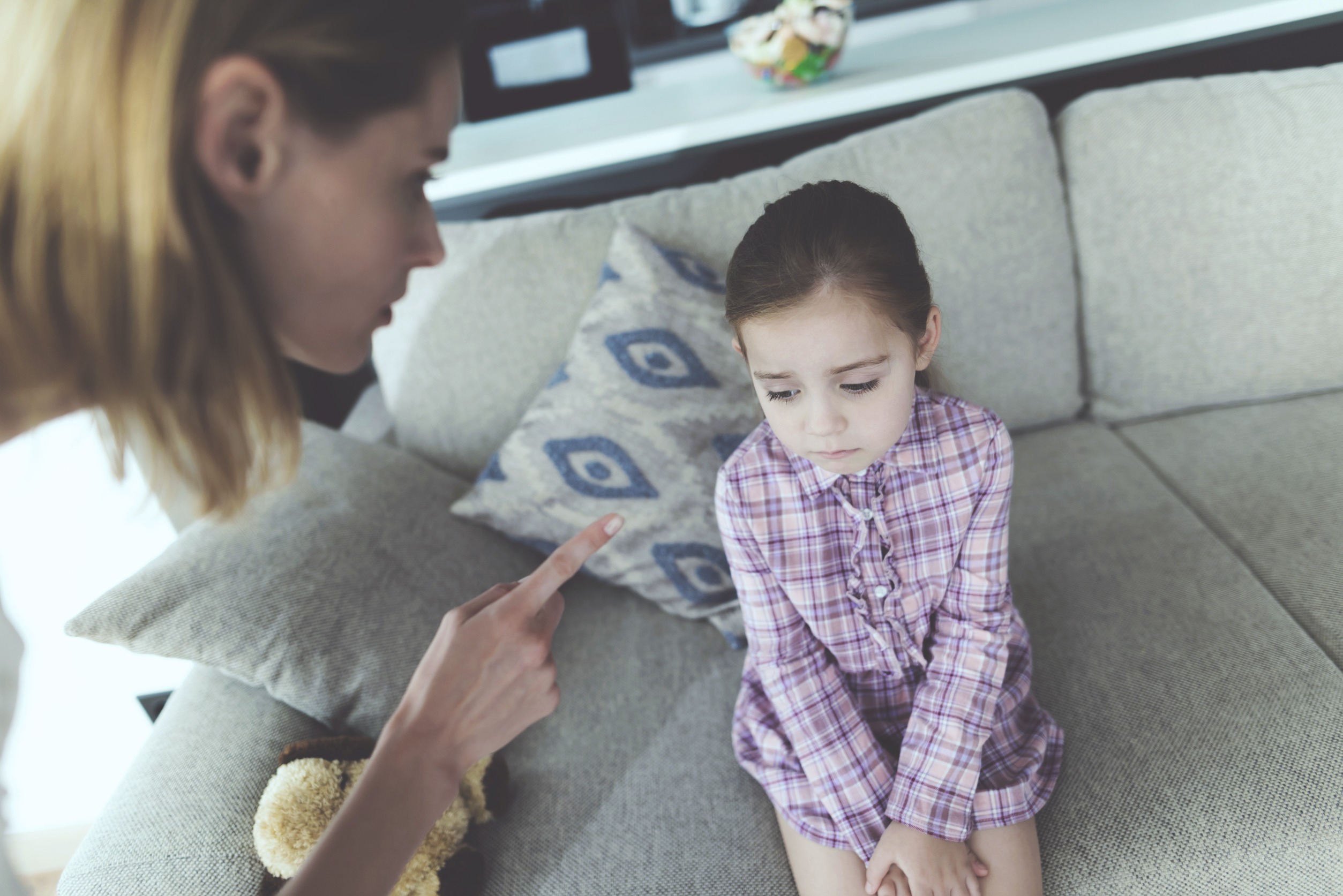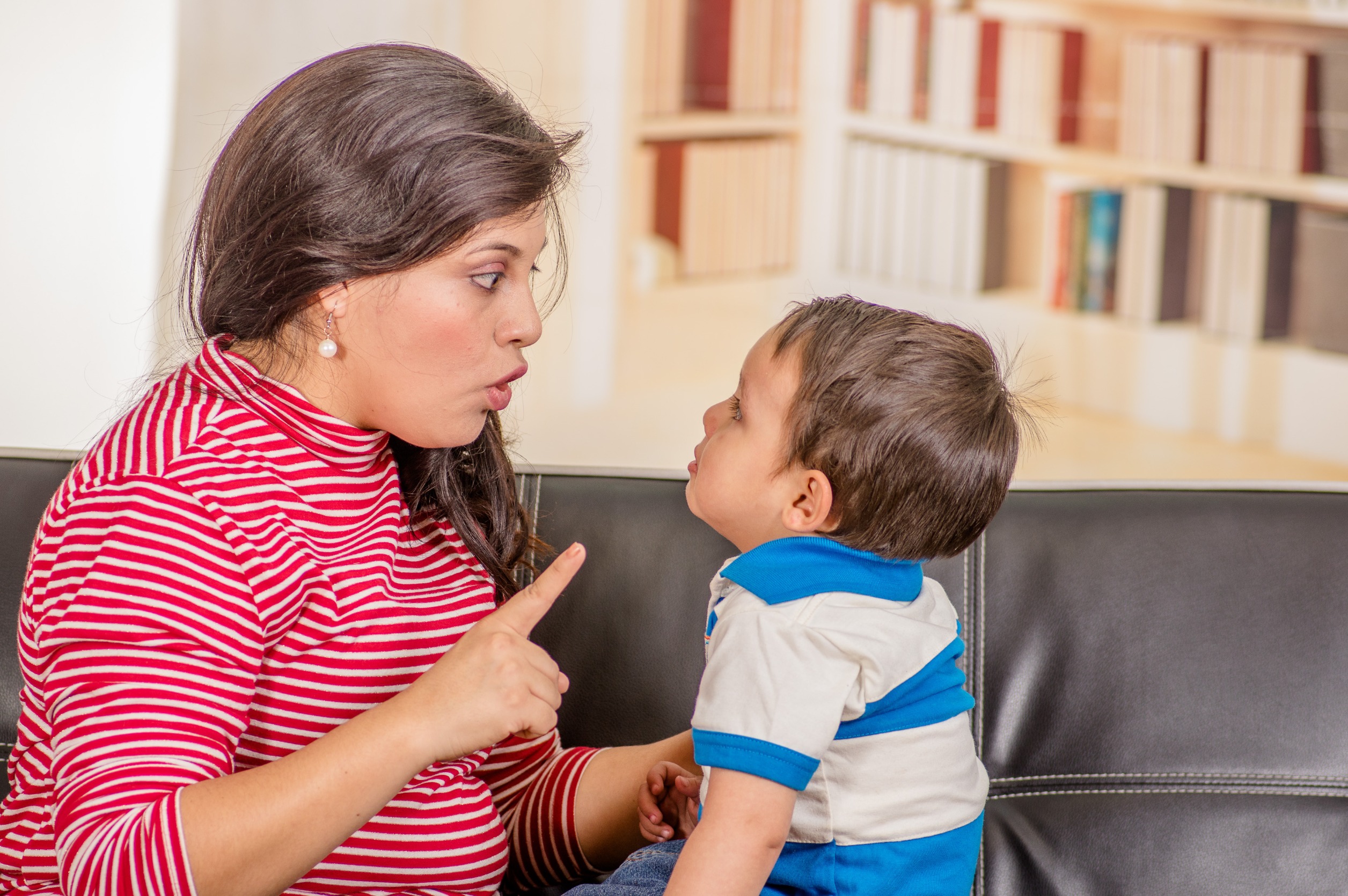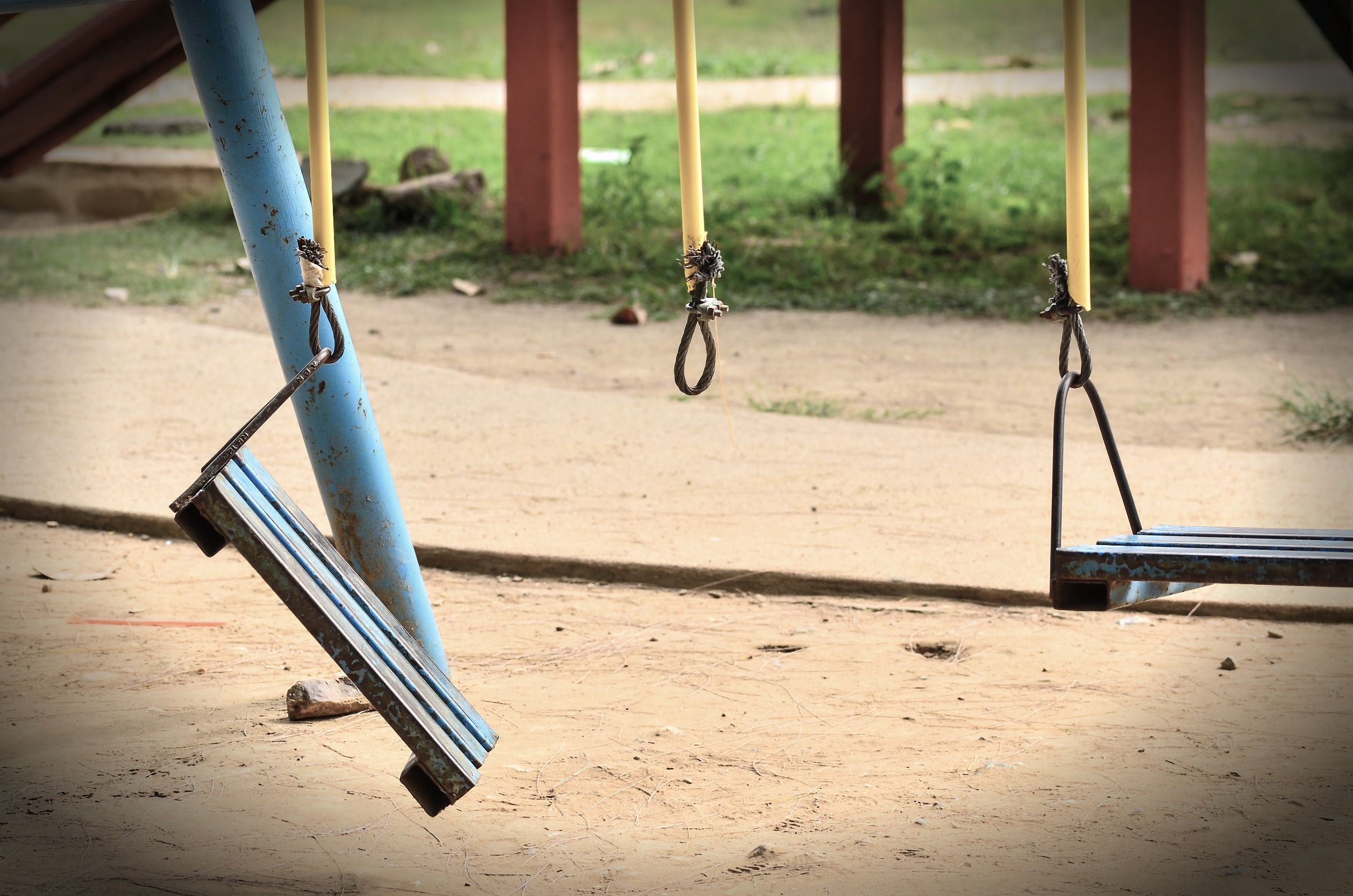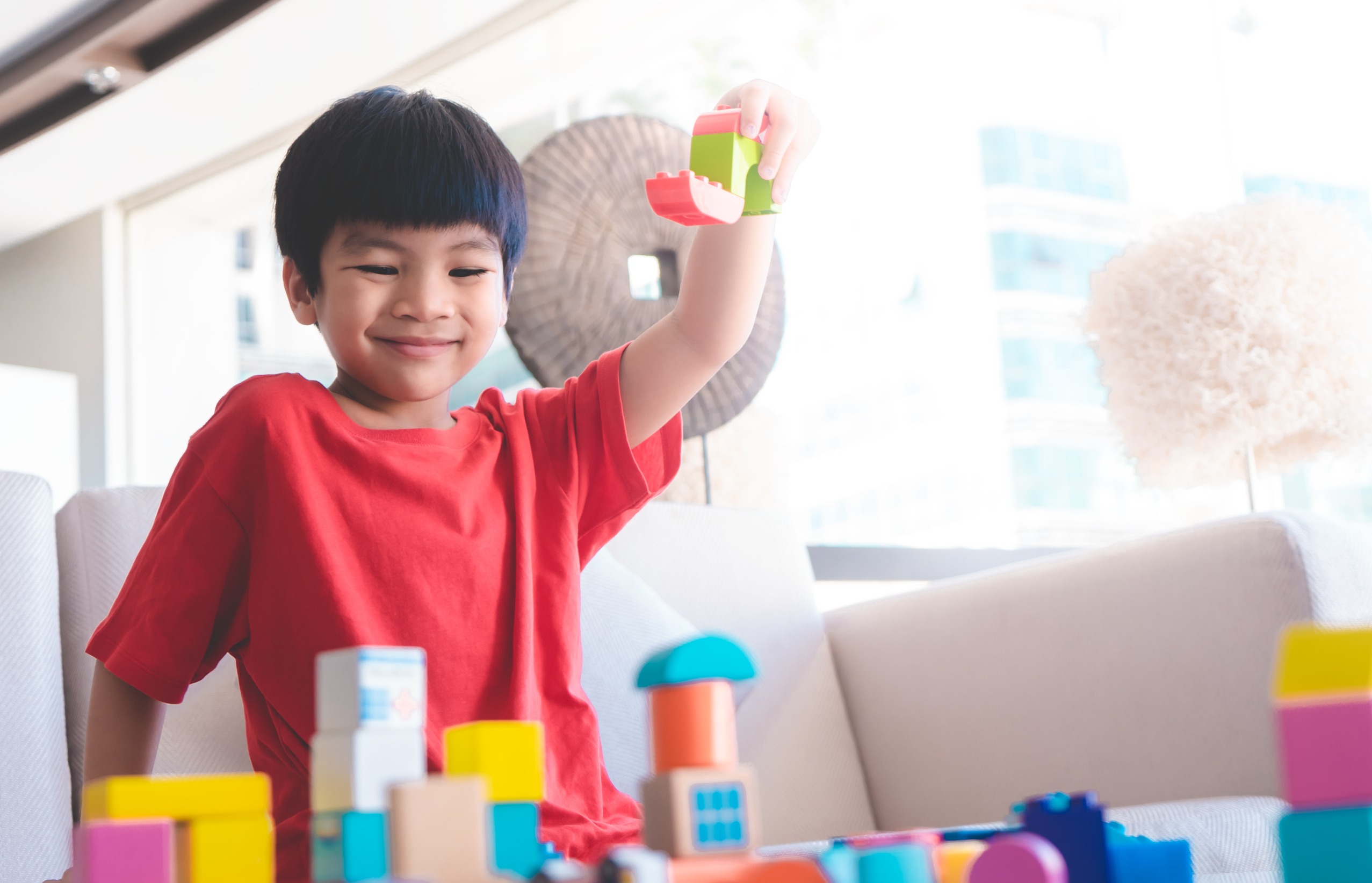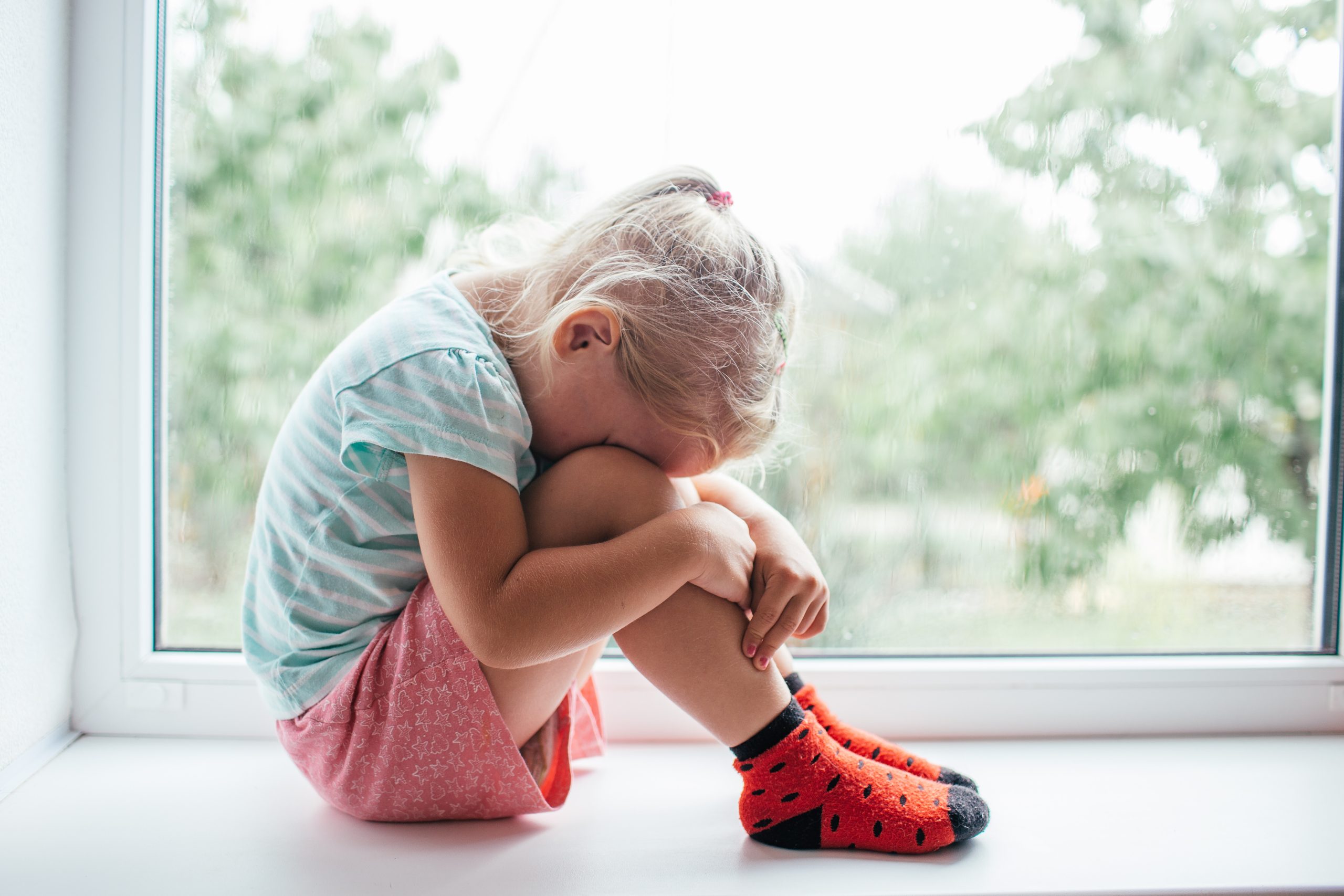Planning a kids’ birthday party can be both exciting and overwhelming. You want to create a memorable experience, but where do you start? Don’t worry; we’ve got you covered. Here’s the ultimate guide to planning the perfect birthday bash for your little one, with ten essential steps to ensure a day filled with fun, laughter, and lasting memories.
1. Choose a Theme
Choosing a theme sets the tone for the entire party and makes planning easier. Think about what your child loves, whether it’s superheroes, princesses, dinosaurs, or space adventures. The theme will guide your decisions on decorations, invitations, and activities. Involving your child in picking the theme can make them feel special and excited. Once you have a theme, the rest of the planning will start to fall into place.
2. Set a Budget
Before diving into the details, it’s crucial to set a budget. Determine how much you’re willing to spend on the party as a whole and break it down into categories like venue, food, decorations, and entertainment. Sticking to a budget will help you avoid overspending and ensure you cover all necessary expenses. Look for ways to save, like DIY decorations or homemade treats. Remember, a great party doesn’t have to be expensive; creativity goes a long way.
3. Create a Guest List
The size of your guest list will influence many aspects of the party, from the venue to the amount of food you need. Decide whether you want a small, intimate gathering or a big celebration. Consider your child’s friends, close family members, and possibly their parents. Make sure to get RSVP confirmations to plan accurately. A manageable guest list helps keep the party organized and enjoyable for everyone.
4. Pick the Perfect Venue
The venue sets the stage for the party and can range from your backyard to a rented hall. Consider the number of guests, the weather, and your budget when choosing a location. If you’re hosting at home, make sure there’s enough space for activities and seating. Outdoor parks, community centers, and local event spaces are great alternatives if you need more room. The right venue will make the party run smoothly and comfortably.
5. Plan Fun Activities
Activities are the heart of a kids’ birthday party and keep the little guests entertained. Depending on your theme, you could have games, crafts, or even a hired entertainer like a magician or face painter. Plan a mix of structured activities and free play to cater to different interests and energy levels. Make sure there are plenty of options to keep everyone engaged. Fun activities ensure the kids have a blast and the party is a hit.
6. Send Out Invitations
Invitations are your guests’ first glimpse into the party, so make them exciting and clear. Include all the essential details: date, time, location, theme, and RSVP information. You can go traditional with printed invites or digital with e-vites for convenience. Personalize the invitations to match the party theme to build anticipation. Send them out at least two weeks in advance to give guests plenty of notice.
7. Plan the Menu
Food is a major part of any party, and for kids, it needs to be tasty and fun. Consider a mix of kid-friendly options like pizza, sandwiches, fruit, and snacks. Don’t forget the birthday cake—make it a centerpiece that ties into the theme. Be mindful of any dietary restrictions or allergies among your guests. Planning a balanced menu ensures everyone enjoys the food without stress.
8. Decorate the Space
Decorations bring the theme to life and create a festive atmosphere. Use balloons, banners, tablecloths, and themed decor items to transform the venue. DIY decorations can add a personal touch and save money. Involve your child in the decorating process to build excitement. Remember, the key is to make the space vibrant and fun.
9. Prepare Party Favors
Party favors are a nice way to thank your guests for coming. Choose items that match the theme and are age-appropriate. Simple favors like stickers, small toys, or themed goodies can make a big impression. Personalize them with each guest’s name for an extra special touch. Favors send kids home with a reminder of the fun they had.
10. Capture the Memories
Don’t forget to document the special day! Take plenty of photos and videos to capture the fun moments. Consider hiring a photographer or setting up a photo booth with props for guests to use. Encourage parents to take pictures and share them. Creating a photo album or video montage afterward can be a wonderful keepsake for your child. Capturing memories ensures the joy of the party lasts long after the day is over.
Celebrate and Enjoy
Planning the perfect kids’ birthday party takes effort, but seeing your child’s joy makes it all worthwhile. With these steps, you can create a celebration that’s fun, memorable, and stress-free. Remember, the best part of any birthday party is the laughter and happiness shared with friends and family. So plan thoughtfully, stay organized, and most importantly, enjoy the day!
Read More:
12 Ways to Encourage Independence in Kids
How to Plan a Summer Birthday Party for Your Kids






